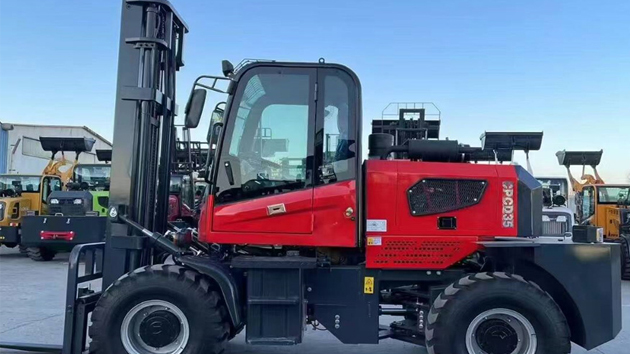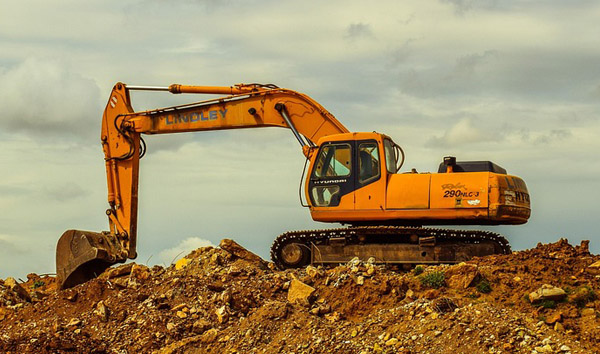The Evolution of Toyota Rough Terrain Forklifts: Power and Precision in Challenging Environments
2025-07-18 05:25:31
Toyota Rough Terrain Forklifts are engineered to tackle the most demanding work environments, from construction sites to lumber yards. Unlike standard forklifts, these machines feature robust tires, reinforced chassis, and powerful engines designed to navigate uneven surfaces effortlessly. The integration of Toyota’s proprietary stability control systems ensures safe operation even on steep inclines or loose terrain. Industry data shows that Toyota rough terrain forklifts account for over 30% of the global market share in this segment, a testament to their reliability and efficiency.
One of the standout features of Toyota rough terrain forklifts is their adaptability across multiple industries. Construction firms rely on these machines for lifting heavy materials like steel beams and concrete blocks, while agricultural operations use them for transporting bulky loads such as hay bales and timber. The versatility of Toyota rough terrain forklifts is further enhanced by customizable attachments, including grapples and winches, which expand their functionality. According to a 2023 industry report, businesses using these forklifts experience a 22% increase in productivity compared to competitors using less specialized equipment.
Technological innovation plays a crucial role in the superiority of Toyota rough terrain forklifts. Recent models incorporate hybrid powertrains, reducing fuel consumption by up to 15% while maintaining peak performance. Additionally, advanced telematics systems provide real-time diagnostics, allowing operators to monitor engine health, load capacity, and maintenance schedules remotely. These innovations align with Toyota’s commitment to sustainability, as evidenced by their ISO 14001 certification for environmental management. Industry analysts predict that the adoption of AI-driven automation in Toyota rough terrain forklifts will further revolutionize material handling by 2025.
Safety remains a top priority in the design of Toyota rough terrain forklifts. Features such as automatic load-sensing hydraulics, anti-rollover protection, and 360-degree visibility cameras minimize workplace accidents. OSHA compliance reports indicate that facilities using Toyota rough terrain forklifts experience 40% fewer incidents than those relying on older models. Operator comfort is also prioritized, with ergonomic seating, vibration-dampening systems, and climate-controlled cabins ensuring long shifts remain fatigue-free. These factors contribute to the growing preference for Toyota rough terrain forklifts in high-risk industries.
Looking ahead, Toyota continues to invest in R&D to enhance the capabilities of its rough terrain forklifts. Emerging trends such as electrification and autonomous operation are being integrated into next-generation models, promising even greater efficiency and reduced carbon footprints. With a proven track record and continuous innovation, Toyota rough terrain forklifts are poised to remain the industry benchmark for years to come. Industry forecasts suggest a 12% annual growth in demand, driven by expanding infrastructure projects and the need for reliable off-road material handling solutions.














